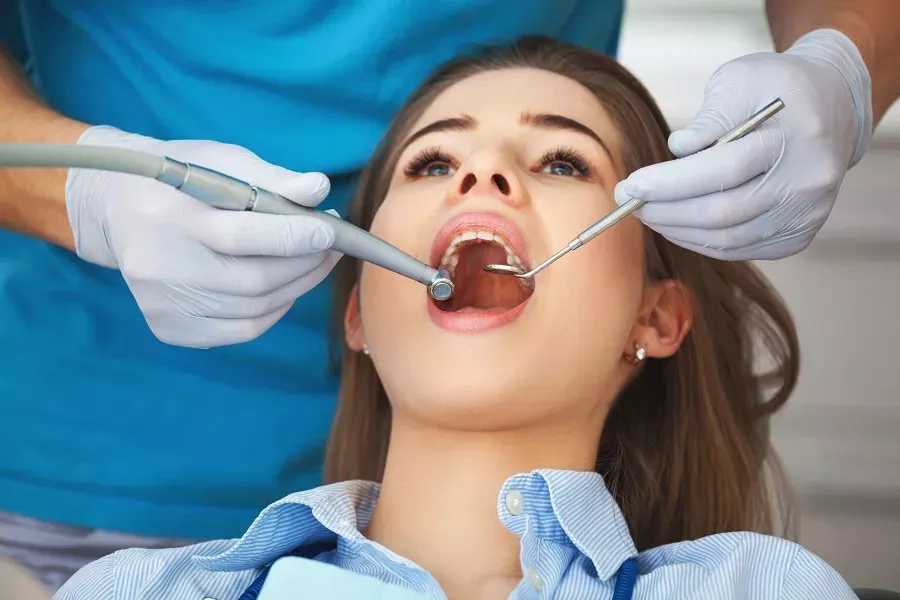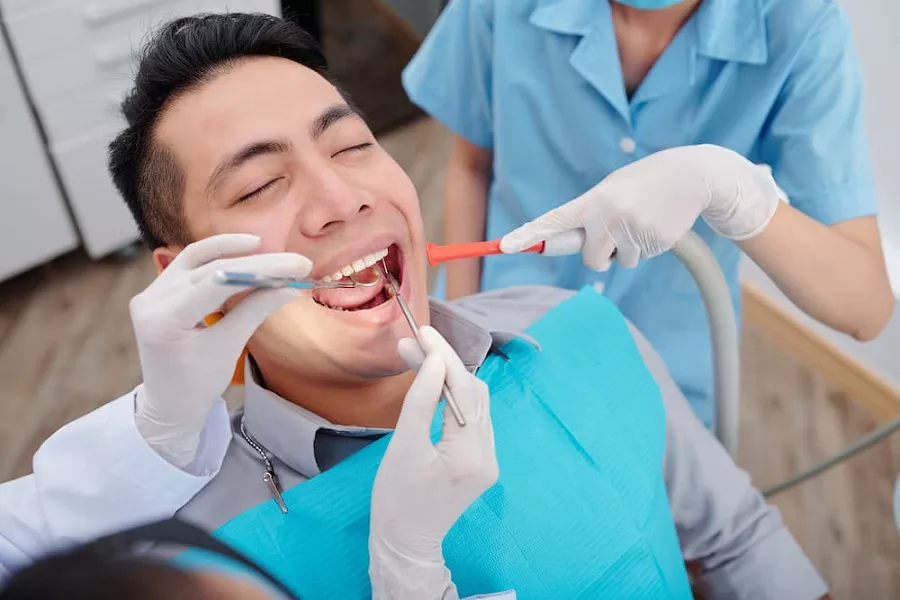Common dental malocclusions
1. Crowded dentition, which is the most common type of deformity, is mainly manifested in that the teeth are not arranged neatly and go in and out. The most obvious example is what is commonly referred to as Huya. Huya is actually an image metaphor of the upper fangs and lips moving outward. Some famous movie stars have a slight tiger tooth, which sometimes makes people feel lively and playful, which adds to their charm on the silver screen, but if a long and very beautiful female Children, with obvious tiger teeth, seem to be unkind. Therefore, most teenagers are still willing to straighten their teeth and have a set of perfect and neat teeth.
2. Anti-bite teeth, commonly known as earth-covered, tooth-covered normal people bite their teeth on the outside of their lower teeth. If the lower teeth are located on the outside of the upper teeth in reverse, just like the earth wraps the sky in reverse, it does not conform to the laws of natural existence. We call this relationship between the upper and lower teeth as crossbite. Viewed from the side, the face has a concave crescent shape, and some children’s anti-joint will become more and more obvious as they grow and develop.
The excessive length of the mandible far exceeds the normal growth of other tissues, breaking the developmental balance of the maxillofacial region, and undoubtedly seriously affecting the appearance of the face; some patients are also accompanied by underdevelopment of the maxilla, which makes the face look from the side. , when viewed from the side, the face has a sunken crescent shape. Most patients with this crescent-shaped face have a sad face. In addition to aesthetics, the poor alignment of the teeth affects chewing, affects lip closure, affects pronunciation, and in severe cases can lead to physical and psychological developmental disorders.
3. Too much teeth: maxillary protrusion, mandibular retraction and bimaxillary protrusion. Some people ask for correction because the upper teeth are protruding, the lips cannot be closed, the front teeth are everted, and the side profile is too convex. Doctors have carefully inspected the teeth of these patients, and often found that the entire lower jaw is receding, the upper front teeth cover a lot of the lower front teeth, the lower front teeth often bite deeply, and the back teeth are in a cusp to cusp relationship. .
Poor occlusal reduces chewing performance; opening the lips and showing teeth will promote inflammation and hyperplasia of the labial gums; lower teeth will impinge on the upper teeth with excessive lip tilt when opening and closing the mouth; in order to overcome the obstacles of the upper teeth when opening and closing the mouth, joints, The deformation of ligaments and muscles increases, which can induce temporomandibular joint lesions for a long time. This uncoordinated relationship between the jaws should be corrected as soon as possible. During the period of rapid bone development, functional correctors should be used to make the mandible grow or shift forward. The use of fixed aligners in the later stage can also solve problems such as crowding of the dentition.
4. Open bite, deep overbite and locking teeth are generally sensitive to misaligned teeth, protruding face and crossbite, and often do not pay attention to problems such as occlusal depth. The dentist finds symptoms such as open bite, overbite or locked teeth and recommends orthodontic treatment.
































